Protesters Organize as Big Business Cruises Into Monterey
This year, 19 cruise ships carrying approximately 57,000 tourists are set to weigh anchor at the Monterey wharf, up from 12 ships last year. In response, protesters are organizing against what they see as an invasion of the Monterey Bay National Marine Sanctuary (MBNMS), a 6,094 square statute mile federally protected area.
“We just can’t let [Monterey] put us in jeopardy like this. They need to be held accountable,” said environmental advocate and stand up paddle board instructor, Brent Allen, 53, who has played a central role in organizing the protests.
On February 10, activists paddled out to protest the arrival of the 755-foot-long Artania, Monterey’s first cruise ship of 2019. On March 13, when the 113,000 tonnage Ruby Princess was set to anchor, they gathered again for a peaceful demonstration and informative Q&A.
“I think the ideal outcome is that our communities are aware, and our city councils and mayors are communicating effectively,” Allen said.
The movement is quickly gaining steam as a petition to ban cruise lines in Monterey has garnered more than 17,000 signatures. It’s an impressive amount, considering that Monterey has a population of about 28,000.
The city of Monterey quietly approved the increases in nautical tourism, which net a “head tax” of $7 per visitor in docking fees, plus whatever the passengers spend in town – an average of $134 each, according to Kim Burton, the former director of community services for Monterey.
Cruise ships, which can be longer than three football fields, pose environmental risks of air pollution, underwater noise pollution, illegal sewage and grey water dumping, death of marine life, and the potential for an oil spill.
The cruise ship industry dumps approximately 1 billion gallons of sewage into the ocean each year, based on EPA data compiled by the NGO Friends of the Earth. Because the sewage on cruise lines is diluted with less water when flushed, it is also generally far more concentrated than land-based sources.
The International Maritime Organization, a UN agency responsible for regulating shipping, allows the release of this sewage into the ocean, untreated, so long as it is done at least 12 nautical miles from shore.
As stated on its website, laws in the sanctuary are stricter – all cruise lines entering the area are prohibited from discharging any material other than, “clean vessel engine cooling water, clean vessel generator cooling water, vessel engine or generator exhaust, clean bilge water, or anchor wash.”
In 2003, before this law took effect, the cruise ship Crystal Harmony dumped 36,400 gallons of sewage, oily waste, and grey water 14 miles off the coast of Big Sur, violating a contract it had signed with the city of Monterey.
In 2005, the Monterey Bay National Marine Sanctuary staff, in partnership with the Coast Guard, was granted authority to conduct random inspections of cruise ships anchoring in the sanctuary, according to Scott Kathey, the Federal Regulatory & Enforcement Coordinator for the National Oceanic and Atmospheric Administration.
“We do not release inspection reports,” Kathey wrote in an email. “However, the results of any final prosecutorial action would be available to the public,” he said, adding that “no such prosecutions have occurred to date.”
An illegal dumping incident that occurred in 2017 is currently under investigation but details, including the name of the ship at fault, are not yet available to the public.
Christine Helm, the former chairperson of the Surfrider Foundation’s Santa Cruz chapter, is joining protesters to demand further action from the city and oversight committees to protect the Monterey Bay.
“It’s kind of like tourism versus clean water,” she said at the most recent demonstration. “That’s what we’re dealing with here.”
Noise pollution is another major concern for organizers. Because marine animals including whales, dolphins, turtles, fish, and invertebrates rely on sound for survival, human-created noise can disrupt their ability to hunt, forage, reproduce, and communicate with one another, and can even lead to permanent tissue damage and hearing loss, according to the MBNMS website.
The sanctuary is of particular concern as it is home to about a fifth of California’s endangered and threatened species, including humpback and blue whales.
“Take a headset, blast the loudest metal music and see how long you can take it,” Allen said. “That’s what’s happening to these animals underwater.”
The Monterey Wharf has no plug-in site for cruise lines. This means that anchored ships must run engines for the entirety of their stay in the water, creating noise and harmful air emissions.
State law requires cruise ships to switch to cleaner-burning fuels when entering territorial waters. However, according to reporting by Vox, many ships attempt to circumvent pollution laws by installing “emission cheat systems” rather than investing in safer, more expensive fuels.
At the most recent demonstration organizer Tyler Fox, founder of Santa Cruz Waves magazine, pointed out that these emissions flow directly into the city, over schools and other vulnerable populations, and urged the community to step up to protect the area.
“There’s no magical force-field around this beauty,” Fox said. “We can’t take it for granted.”
Despite the protesters calls to action, the city of Monterey is moving full steam ahead with 20 cruise ships already on the docket for 2020.
For more information on upcoming demonstrations visit @cruiseship_cruisehome on Instagram.
Featured Image – By Brent Allen

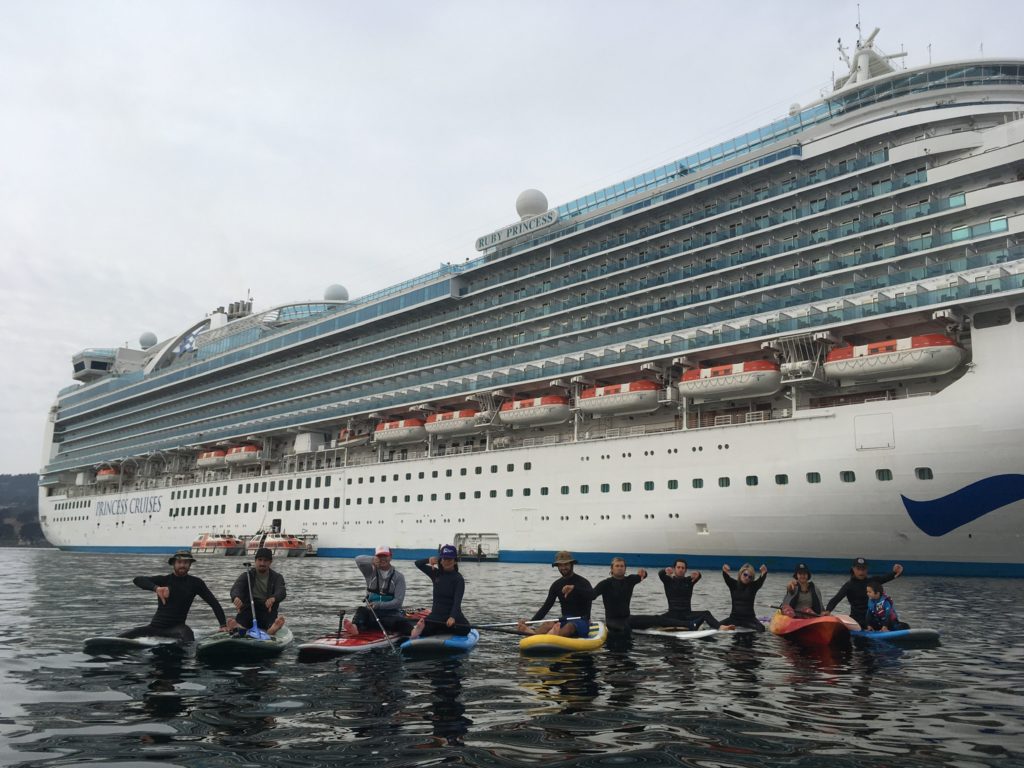
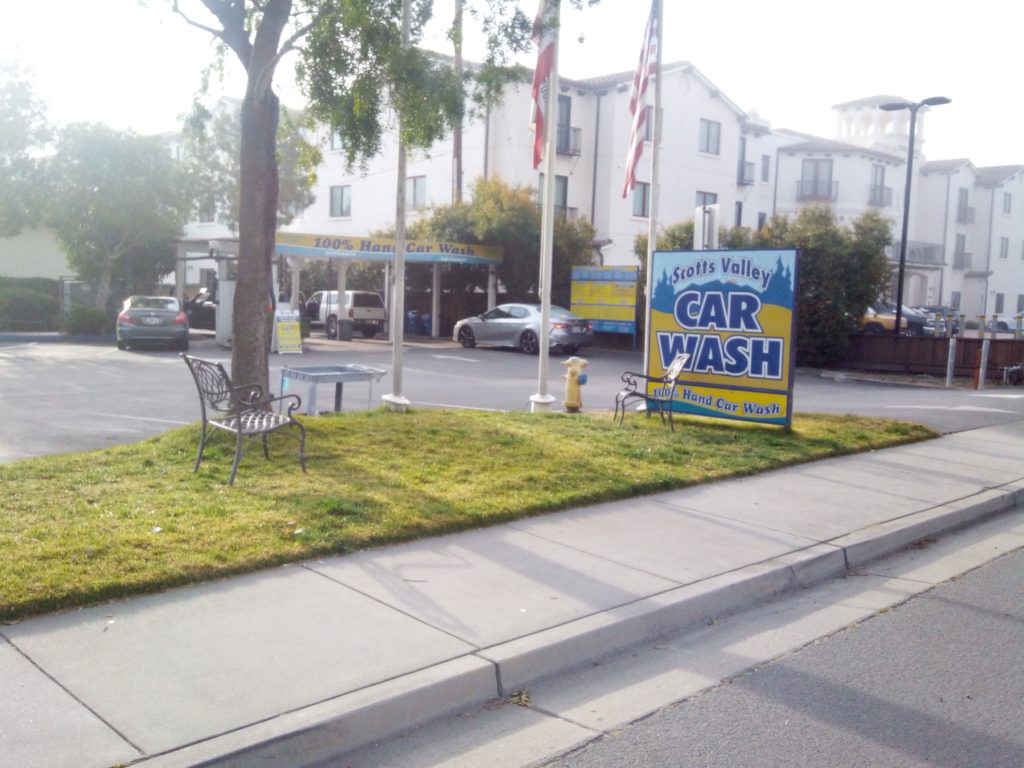

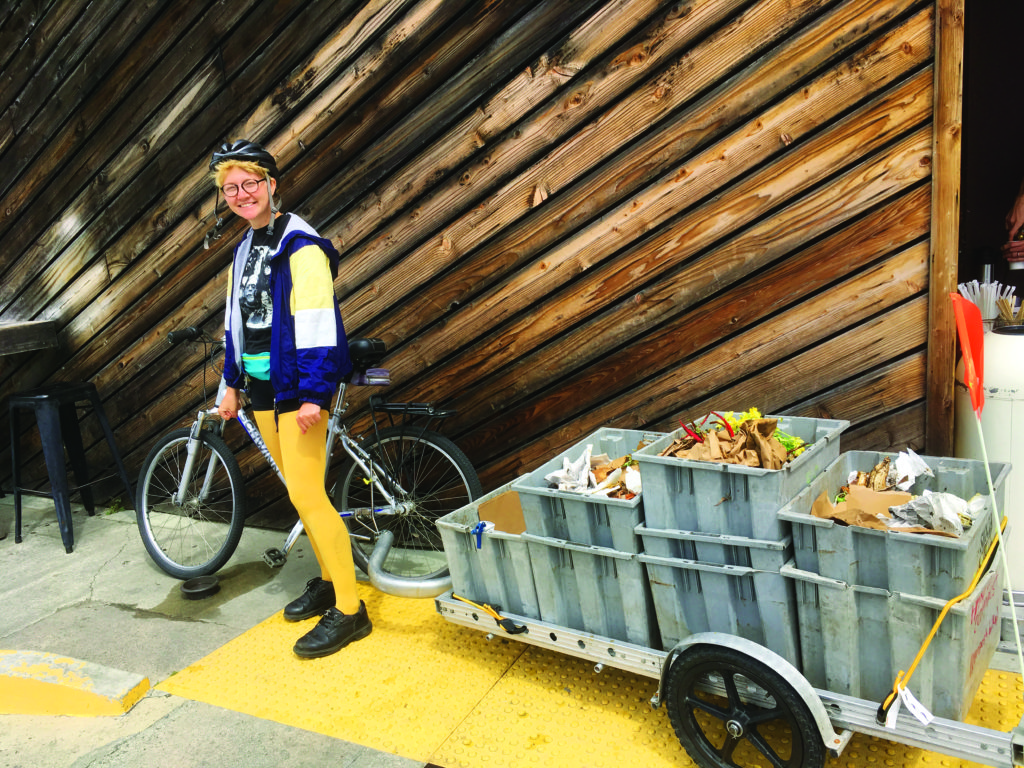
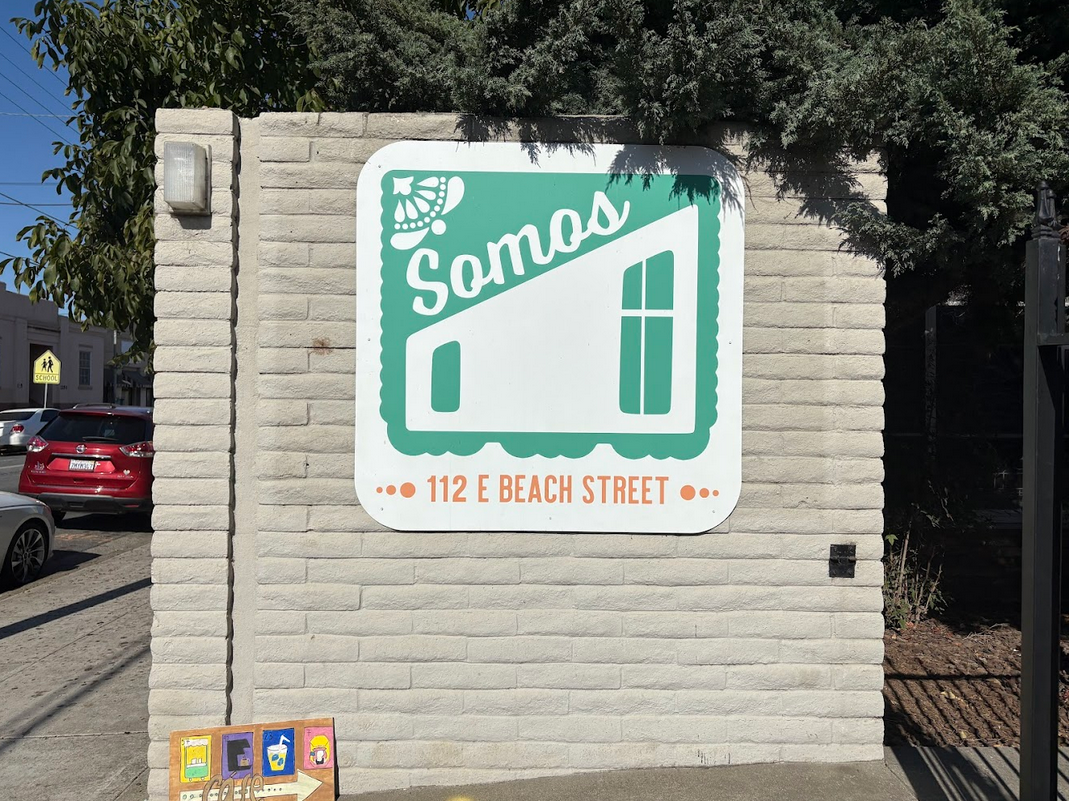
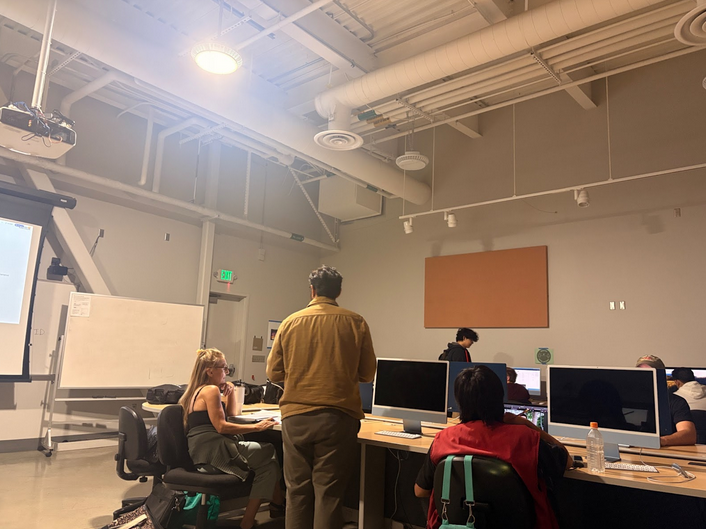
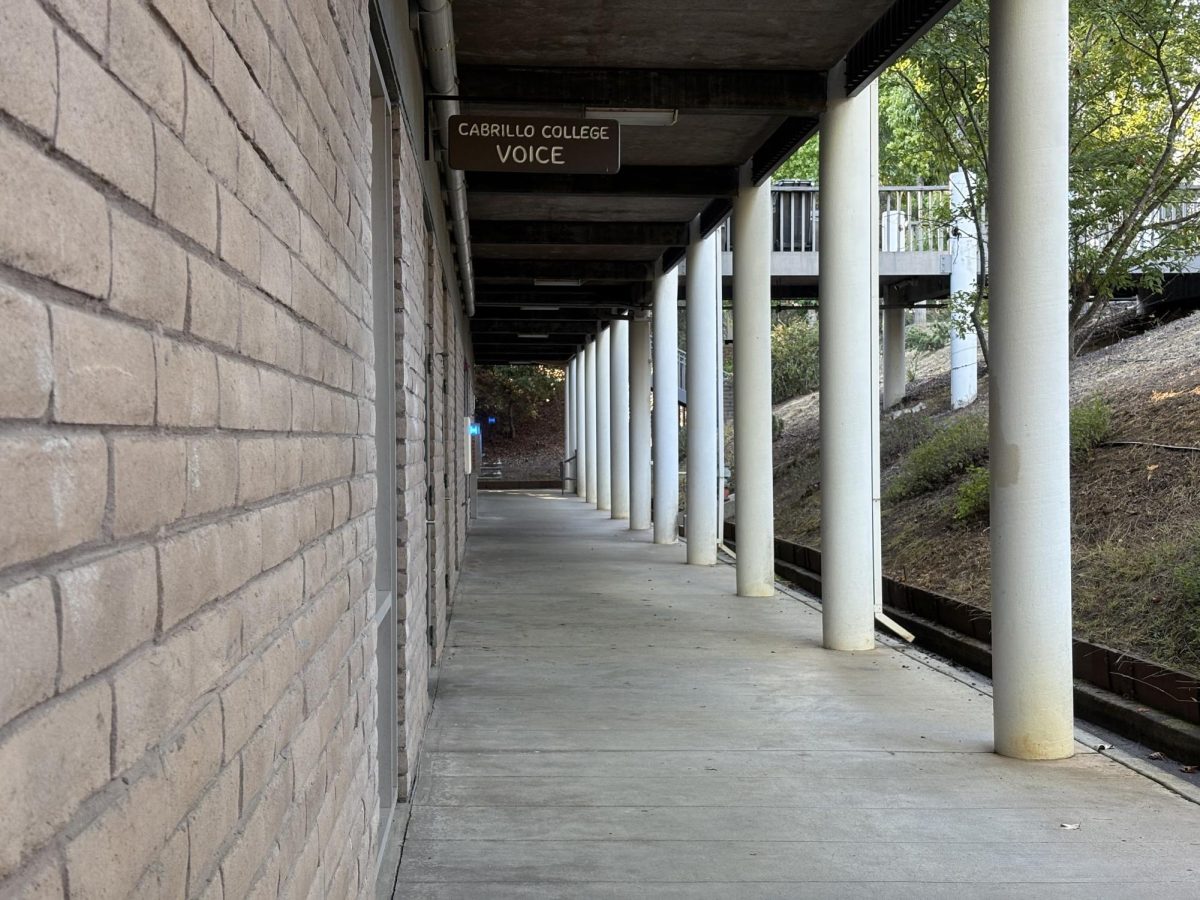



Erin Coolman • Apr 27, 2019 at 9:33 pm
Monterey Bay is a National Sanctuary for good reason. Tourists who want to see the flora and fauna should bus from San Francisco where cruise ships apparently dock with no harm. It is my opinion that ALL cruise liners, who are notoriously law breakers, should be forever banned from the waters in and around Monterey.
Carrie • Apr 25, 2019 at 3:08 pm
Wow, what a stellar article. Thanks so much for your incisive coverage. The city of Monterey made $187k last year off cruise ships. The ship that committed the 2017 violation was the MS Europa. That cruise line is coming back to the sanctuary this fall. There are no limits on the number of cruise ships the city is allowing. The Coast Guard conducts ‘random’ inspections on the cruise ships but not every one and doesn’t keep a log of which ships it boards. When you look at the revelations that the cruise industry has been hiding secret outflow pipes to dump sewage called Magic Pipes, and that a federal judge has said that Carnival is coaching their staff on how to fraudulently pass inspections, then we see that random unlogged inspections aren’t adequate in the face of purposeful, well-funded deceit. Plus no one is enforcing air pollution problems or protecting the marine mammals from the sonic noise pollution, which is really bad in the bay near cruise ships. Thanks again for your excellent reporting.